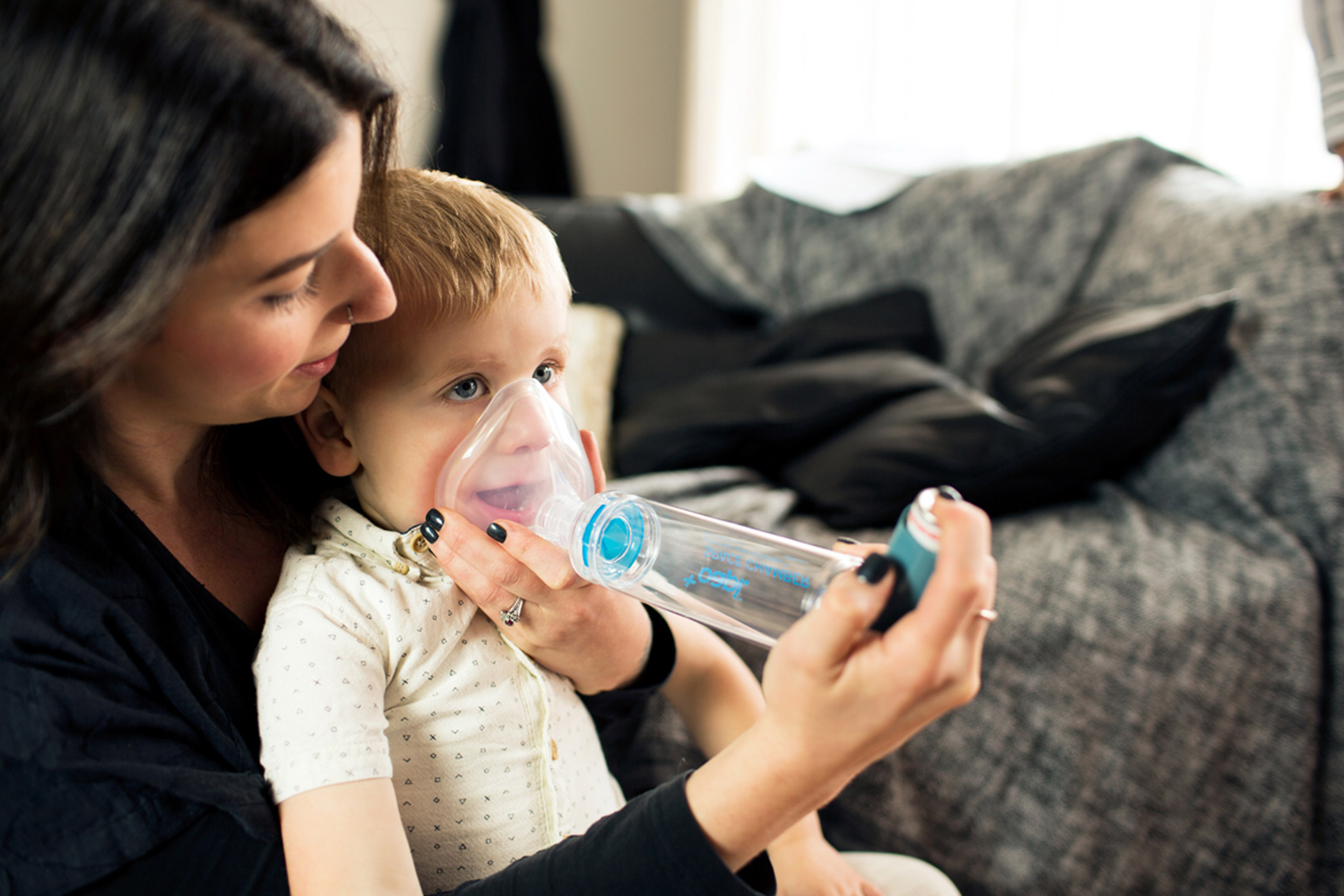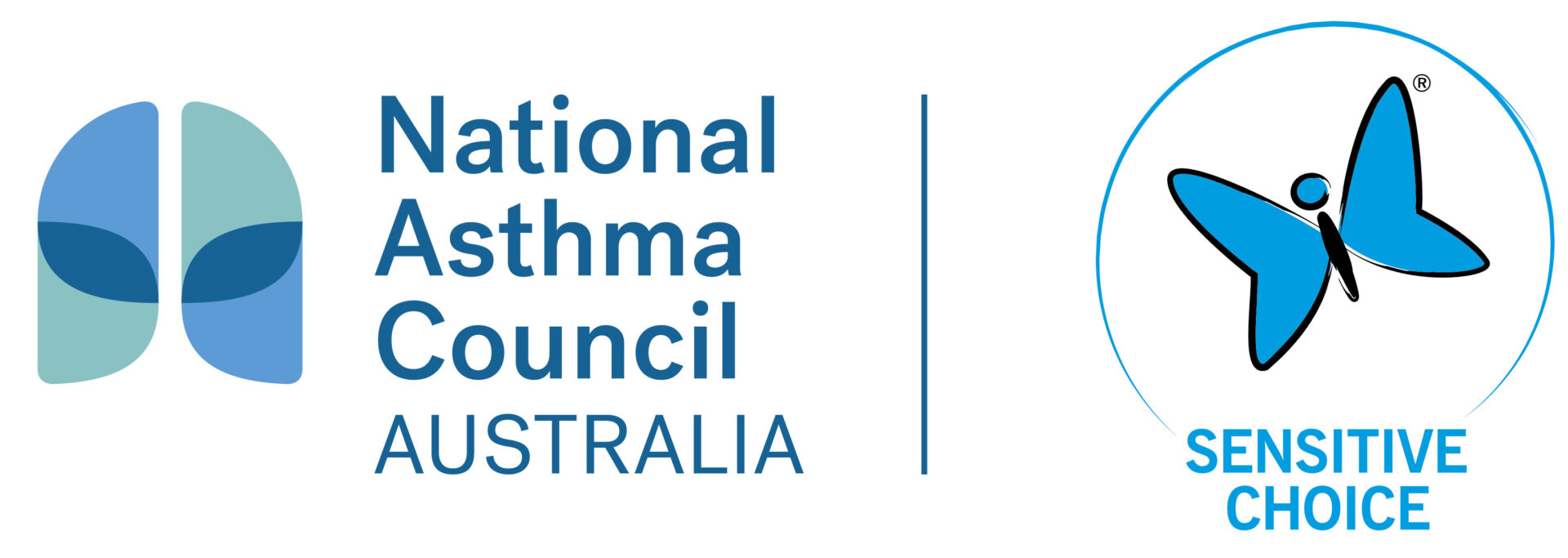
16 Nov Navigating the pollen season when your family has asthma or allergies

by the National Asthma Council Australia’s Sensitive Choice Program
Can you feel something in the air? Pollen season (usually October to December) poses an extra challenge for families with asthma, allergies or hay fever. Pollen is one of the most common environmental triggers in Australia, during extreme or high pollen count days, even people without asthma or allergies can experience symptoms.
One in nine (over 2.7 million people) have asthma, and one in five have hay fever. It’s important to be aware if your child is showing signs of asthma or allergy symptoms during the pollen season. The National Asthma Council Australia’s Sensitive Choice program is dedicated to helping families live better with asthma and allergies.
What are hay fever symptoms?
Kids and adults with hay fever (sometimes called allergic rhinitis) will often have a blocked or runny nose.
Symptoms include:
- sneezing
- itching in the nose and back of the throat
- irritated eyes (itchy, red, teary).
What are asthma symptoms?
Asthma symptoms include:
- coughing
- wheezing
- chest tightness
- shortness of breath.
If your child is diagnosed with asthma, it is essential that they have an up-to-date asthma action plan and are correctly using their prescribed asthma medications. This includes proper device technique – which isn’t always clearly demonstrated. The National Asthma Council’s how-to video library has step-by-step tutorials on how to use various medications.
Understanding hay fever – Why are my kids sneezing and coughing when they’re not sick?
Hay fever is a medical condition caused by an allergy to substances breathed in the air caused by the body’s immune system reacting to common environmental triggers.
Most people with hay fever are allergic to house dust mites, pollen, pets, moulds or a combination of these. The pollen grains from grasses, weeds and trees can irritate your nose and eyes, triggering asthma and allergies.
Hay fever can also make asthma harder to control. People with asthma who also have hay fever have more visits to hospitals or emergency departments and more time off work or school than other people with asthma.
Sensitive Choice has fact sheets with advice for minimising these common allergens and triggers.
What about thunderstorm asthma?
During the pollen season, the risk of thunderstorm asthma increases. Spring thunderstorm weather can cause pollen grains to burst into tiny pieces, and the wind then blows them around us. When people breathe in these tiny pieces of pollen, they can get deep inside the lungs and trigger an asthma attack, this is known as thunderstorm asthma.
It can happen suddenly in spring or summer when there is a lot of pollen in the air, and the weather is windy and stormy.
If you get hay fever in springtime, you could be at risk of thunderstorm asthma. Even people without asthma can experience thunderstorm asthma.
What happens in an asthma emergency?
When asthma symptoms occur, it’s important to know what to do and when to recognise an ASTHMA EMERGENCY.
Extreme pollen days can worsen hay fever and asthma symptoms, and thunderstorm asthma risks are quite prominent during the pollen season. Ensure you have an up-to-date asthma action plan, use preventer medication as prescribed and be aware of others in your care. Quick action may help prevent an asthma attack from becoming an asthma emergency.
When is it an ASTHMA EMERGENCY?
- Symptoms get worse very quickly
- Severe shortness of breath, can’t speak comfortably, or lips looking blue
- Little or no relief from a reliever inhaler.
Signs that someone needs first aid for an ASTHMA ATTACK can include any of these symptoms:
- Suddenly hard to breathe
- Can’t talk normally
- Coughing
- Wheezing
- A feeling of chest tightness.
Dial 000 immediately and ask for an AMBULANCE. Say this is an ASTHMA EMERGENCY.
What to do in an emergency: nationalasthma.org.au/asthma-first-aid
Check the daily pollen forecast and stay safe during the pollen season
A key tool to minimise your family’s exposure to pollens is to check the daily pollen forecast available on the Sensitive Choice website.
Try to avoid being outdoors on high pollen count days, remain indoors with windows and doors closed, and if using air conditioning, use recirculated air.
Visit the Sensitive Choice website homepage to see the daily pollen forecast: sensitivechoice.com
Thank you to Panasonic Australia for helping to promote the Sensitive Choice pollen forecast.

